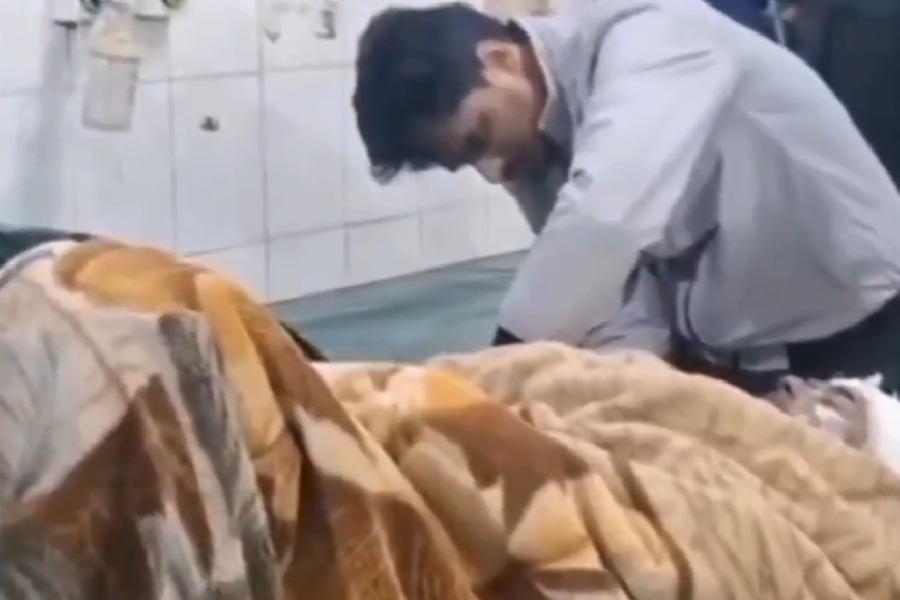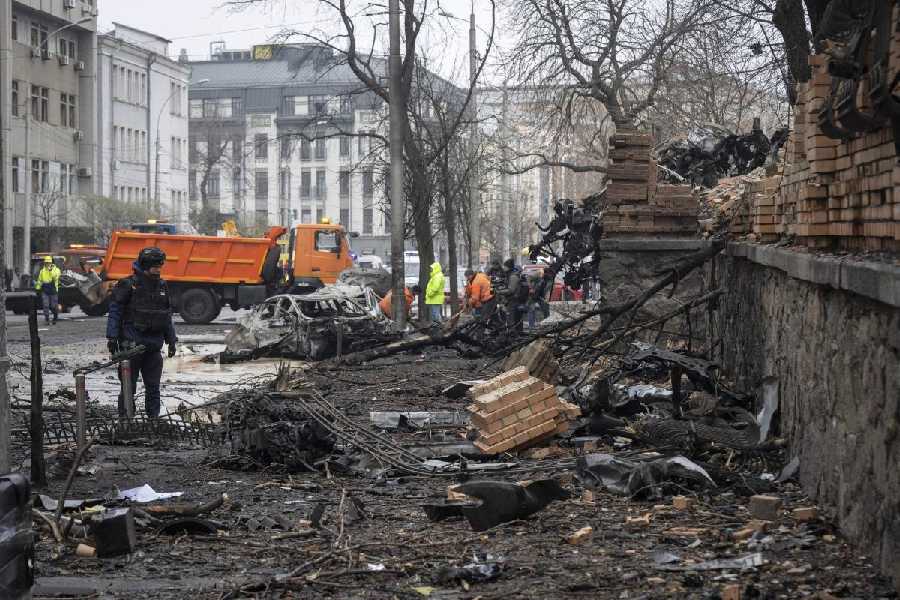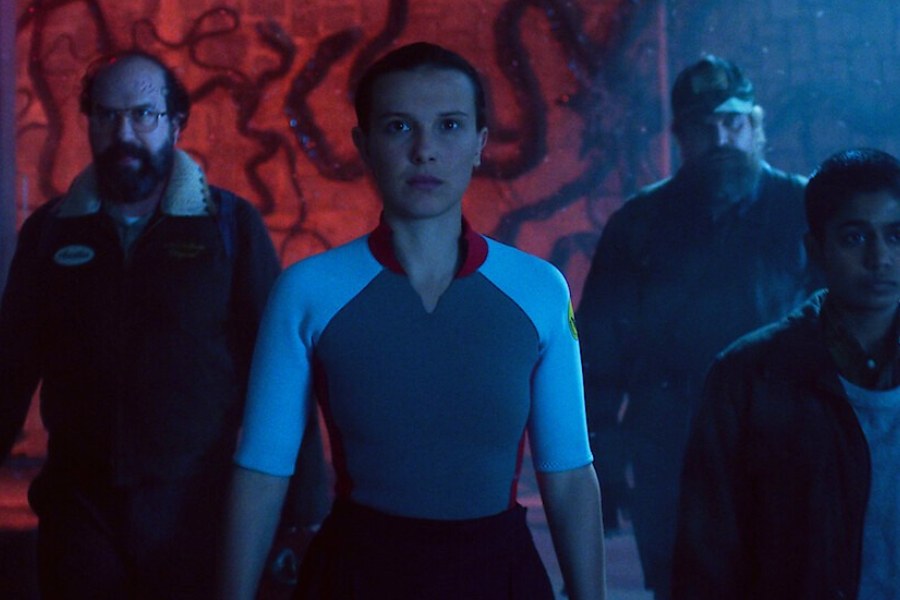 |
 |
| The Church of Our Lady is home to Michelangelo’s famous Madonna and Child; (above) numerous canals criss-cross the picturesque town |
Tintin, my favourite comic character, was on my mind as I alighted one cold, cold morning at Brussels. As I drove into the city I half expected to find Captain Haddock lurking in the shadows, uttering his favourite expletives — ‘Billions of bilious blue blistering barnacles!’
Bruges, my destination, was a couple of hours train journey away. With its Gothic buildings, cathedrals and churches strewn around the town, linked with canals that run under medieval arched bridges, Bruges wears many names such as the ‘Venice of the North’, ‘Belgium’s Amsterdam’ and ‘Jewel of the Middle Ages’ comfortably under its hat.
It is a wonderfully preserved town with numerous picturesque canals, quaint narrow streets, lace boutiques, heavenly chocolate and waffles, and a museum filled with Flemish Renaissance paintings.
Mercifully Bruges is a compact town with quaint cobbled streets, and a leisurely stroll can cover it under an hour. With automated vehicles banned from the main town, walking around is a pleasure. Ambling along the narrow streets, I enjoyed this picture postcard, historical town.
Hordes of people rushed past me on bicycles, a favoured transport by locals as well as tourists. The guidebook and the maps, notwithstanding, it’s child’s play to find one’s way around the town since everything radiates out from the two medieval squares in the centre — Grote Markt and Burg.
With its umpteen cafés and colourful flags, the Markt is a vivid patch on the town’s tapestry. An 83-metre high belfry tower rises from it, the chiming of its 47-bell carillons echoing through the cobbled streets. The carillon has rung every quarter hour for the past eight centuries.
Puffing my way up the 366 narrow steps of the belfry tower, I reached the top. Winded with exertion, I halted for a moment and drew my breath with a loud whistle. The view was simply spectacular! It was right out of my childhood fairy tale book, dotted with red-roofed Gothic houses, tall spires, slender streets and winding canals.
The endless vistas of attractive buildings dating mainly between the 15th and 17th centuries are a joy to behold. History has left a heavy footprint on Bruges, which has often found itself at the mercy of its dominant neighbours. Way back in the 12th century, Bruges was a place where tantalising tapestries, sculpture, exquisite paintings and delicate lace were traded through the port linked by canals. It reached its zenith in the late 15th century as a powerful commercial centre. Affluent and artistic, the place was a prime business hub till the silting of the waterways brought trade to a grinding halt. By the 18th century the town’s fortunes had been reversed.
In the course of its history, it found itself dominated by powerful neighbours like France, Spain, Austria, Germany and the Netherlands. The turbulent period brought the influence of several cultures to its melting pot, traces of which are visible even today.
From the guidebook, I knew that one of Michelangelo’s finest works — a marble sculpture of Madonna and Child was housed in the Church of our Lady, so I headed there. It has a treasure trove of artworks dating back to the 13th century. Standing before the statue — the only work of Michelangelo to leave Italy during his lifetime — I was transported to a world of serenity and love.
My next stop was The Minnewater or the Lake of Love with its charming park and swans, which turned out to be a place from where I could capture a panoramic view of the town.
Walking over a bridge over the canal I entered the Beguinage, a tranquil sanctuary away from the busy town square. In the quaint houses around a garden of poplar trees, where yellow daffodils pop up in spring, live Benedictine sisters. But I didn’t linger there.
 |
| The Beguinage is a quaint structure housing the Benedictine sisters |
It was time to leave the well-beaten paths and move into the secluded parts of the town. Delighted by my find, I walked on quiet, cobbled side streets that had gabled houses with burgundy and dark green front doors — the untrodden side of Burges. Some of the windows behind the flower-filled sills were crafted out of hand made glass. Unlike the intentionally preserved medieval air in the town, this was authentic Bruges.
Over the next few days, came my close brush with Flemish art and of course, food. It started as I entered the Groeningemuseum. A treasure trove of art, it has a large collection of Hans Memling, one of the early Flemish Renaissance painters. Rubbing shoulders with his creations are paintings by Baroque masters and masterpieces by the Flemish Expressionists. Its collection of Van der Weyden, Van Eyck, Memling, and Brueghel is an art lover’s delight.
And then, walking behind the museum, I came across a hump-backed stone bridge across a narrow canal lined with tiny medieval cottages that had the smallest possible windows. I had stumbled upon the beautiful ‘Godhui’. These are hidden courtyards of doll’s house-like cottages built around sweet-smelling flower gardens, built in the 17th Century for the poor. Almshouses or Godhuis built by rich people for the poor were a common feature of the urban landscape during the Middle Ages. Most of these have the name of the donor imprinted in front.
All that walking unfailingly worked up my appetite and it became a ritual for me to sit at an open air café at the Grote Markt, enjoying the Flemish stew (hunks of beef marinated in dark beer, and then stewed with onions and mustard), watching people cycle by.
The trip, of course would have been incomplete without a beer and chocolate tour. Belgium produces no less than 400 types of beer and it’d have been impossible to return without visiting the De Halve Maan (half moon) Brewery, in operation since 1856. The adventurous wandering through the narrow passageways, steep staircases and bumping the head on the low ceilings was rewarding enough I thought, but the roof-top view with its fantastic panorama of the town was absolutely mind blowing. The final reward came in the form of the welcoming glass of Straffe Hendrik at the end of the tour.
Even better were the chocolate tasting sessions — actually a bit more than tasting. It ended up with me dipping for the last euro in my purse. Clutching my precious cargo I walked out of the shop, leaving a smiling Belgian confectioner behind.
Ready reckoner
 |
Reaching there: Jet Airways has direct flights linking India with Brussels. Take a train to travel from Brussels to Bruges.
Staying there: There are hotels to fit every budget. The Grand Hotel Casselbergh Brugge, a decent hotel at 108 euros a night, is located in the heart of the city. Flanders Hotel (at around 80 euros a night) is also a decent option.
Exchange rate: 1 euro= 60.69 INR










